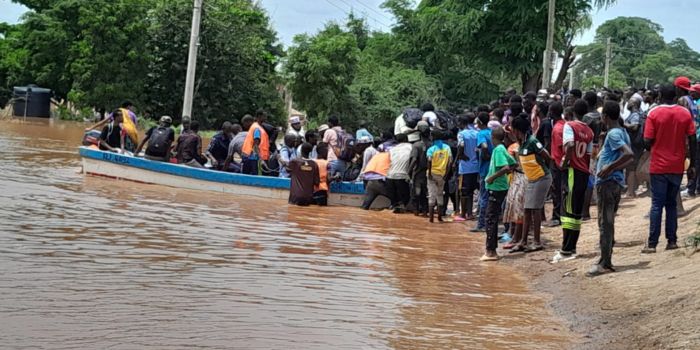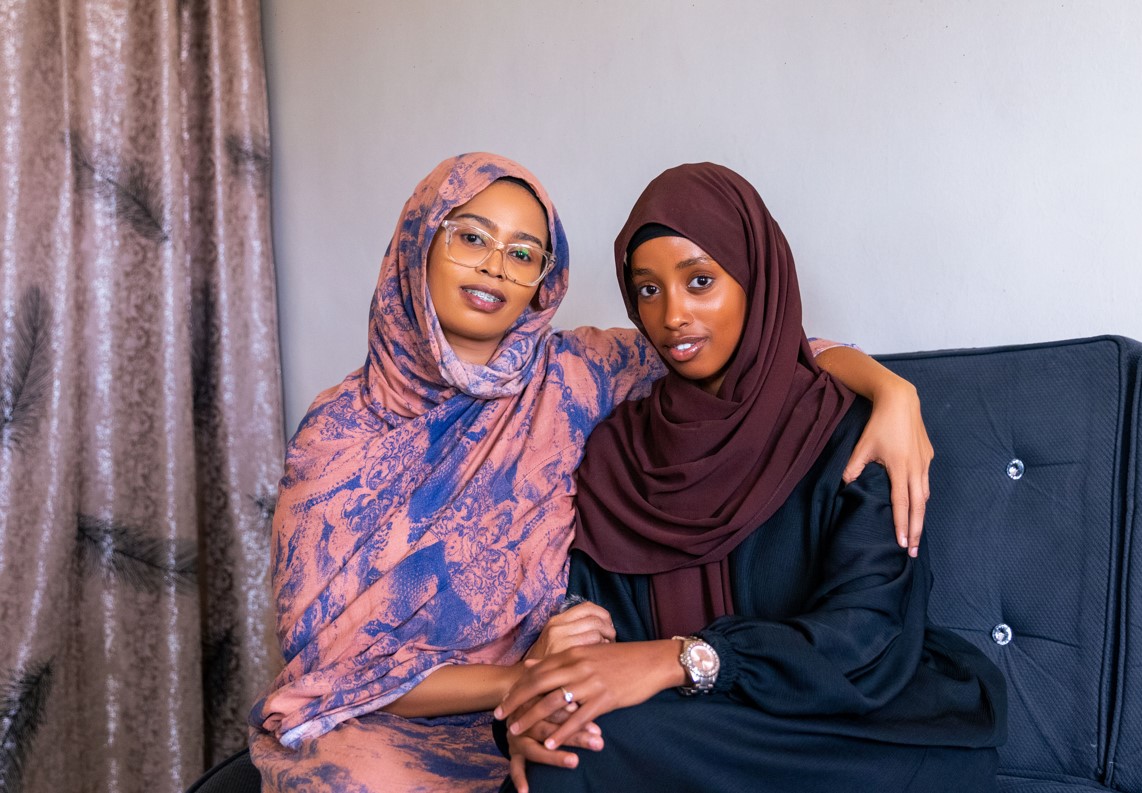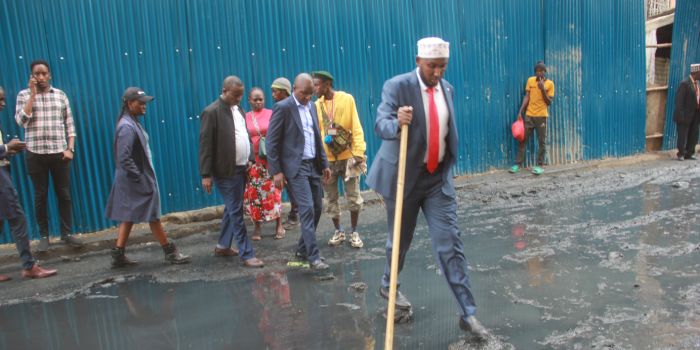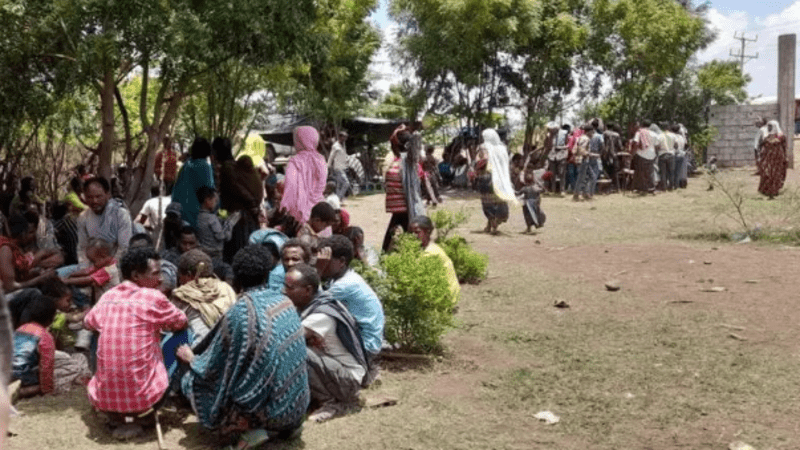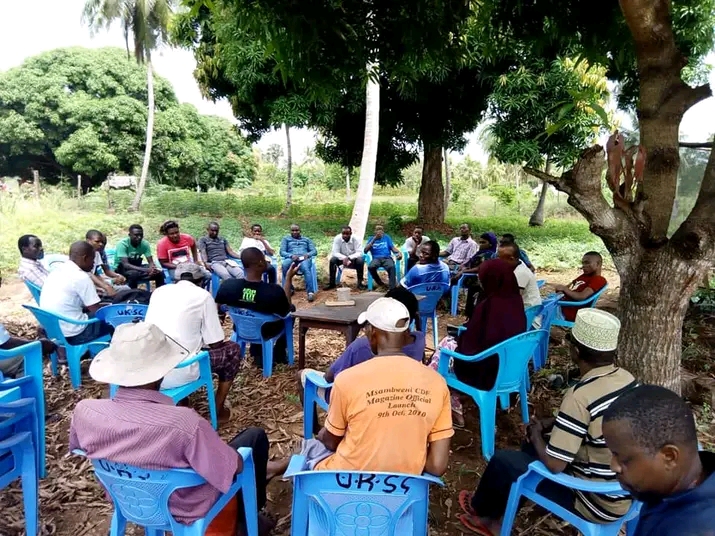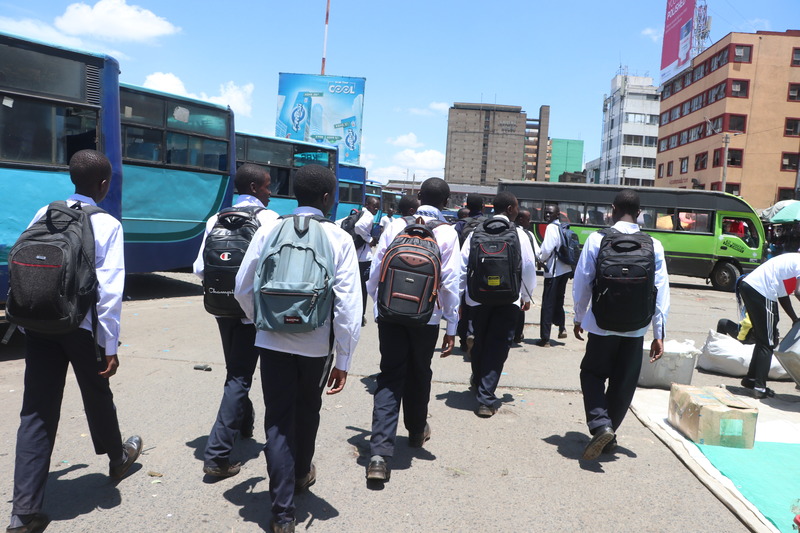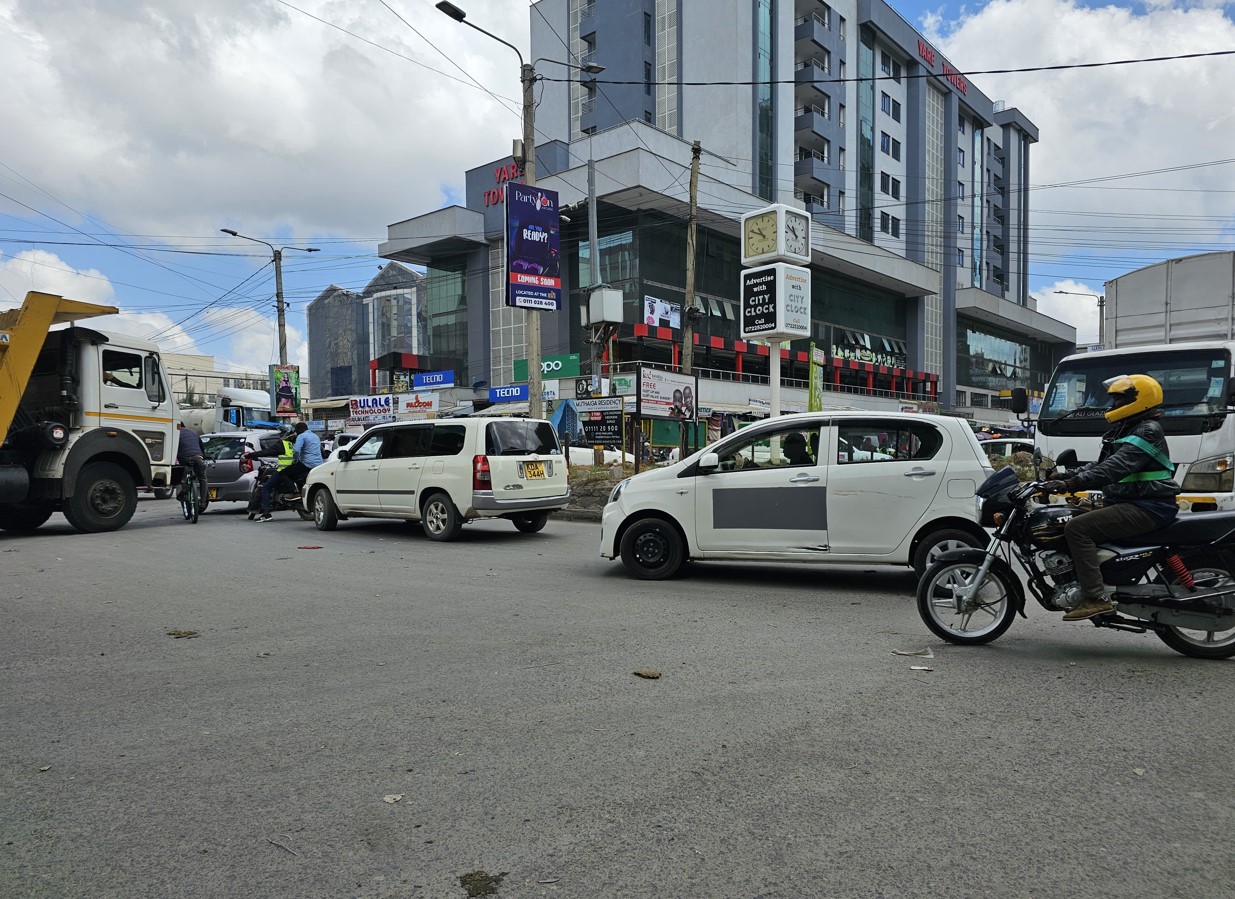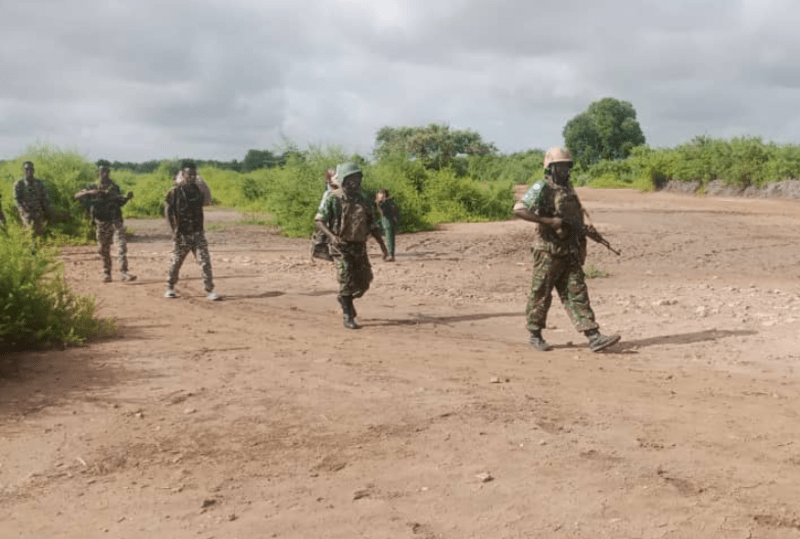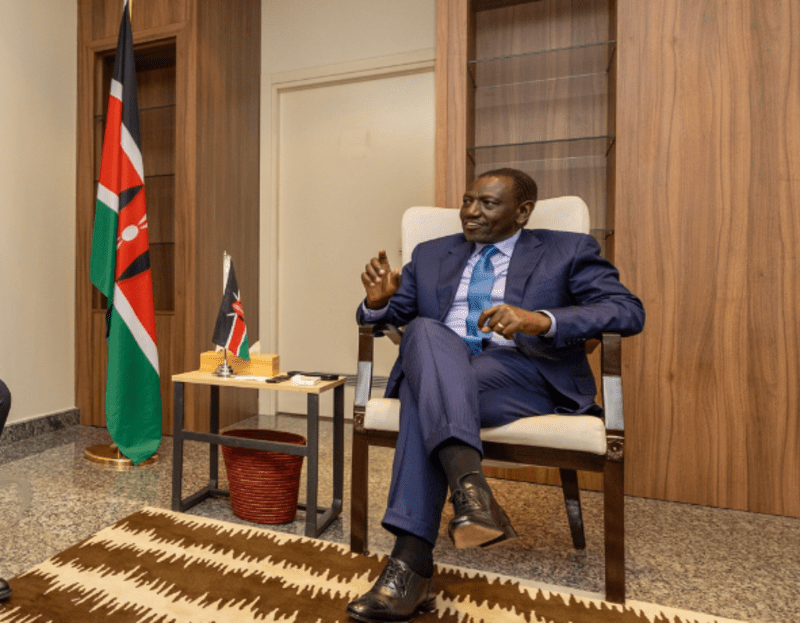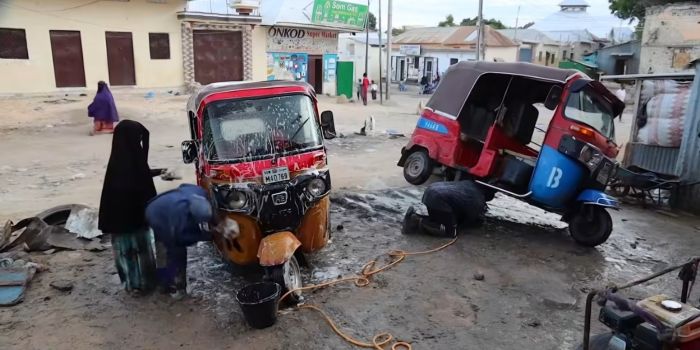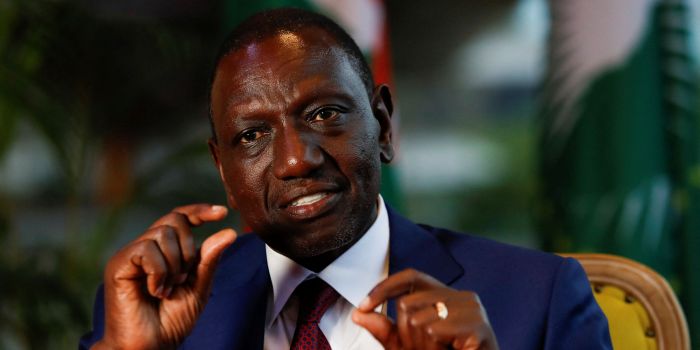Facebook, WhatsApp dominate Kenyan social media landscape - CA report
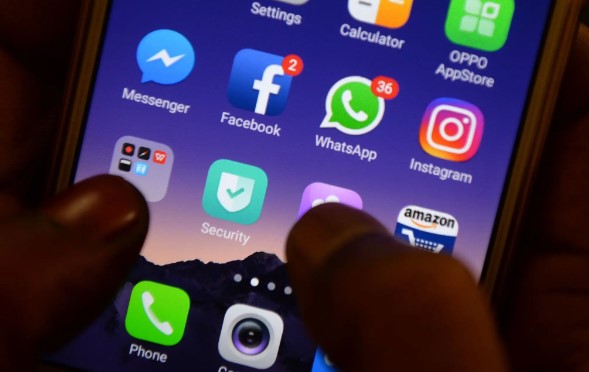
By Bashir Mohammed |
Following behind are YouTube and TikTok, securing the third and fourth positions, at 21 per cent and 17.8 per cent respectively.
According to a recent report by the Communications Authority of Kenya (CA), Facebook and WhatsApp are the most popular social media platforms among Kenyan users.
According to the Audience Measurement and Industry Trends Report, Facebook and WhatsApp garnered the highest mentions, accounting for 47.5 per cent and 47.3 per cent of social media activity respectively.
Keep reading
- Four TikTokers arrested for shooting robbery prank video in front of police station
- Woman touches hearts for her honesty as she hands over plot she took care of for 34 years
- Shock as renowned Somali TikToker Hodan Gaabo is killed in Garissa accident
- Chinese companys says it will not be selling TikTok
The report, spanning two quarters, highlights the widespread adoption and significant influence of these platforms in Kenya's digital landscape.
"The prevalence of Facebook and WhatsApp in social media mentions highlights their extensive adoption and influential presence in the Kenyan digital landscape," the report states.
Following behind are YouTube and TikTok, securing the third and fourth positions, at 21 per cent and 17.8 per cent respectively.
Instagram comes in fifth at 11.8 per cent mentions in the second quarter, while Twitter and Google occupy the sixth and seventh positions at 7.9 per cent and 6.9 per cent respectively.
Internet access
Smartphones emerged as the primary mode of internet access for Kenyans, with 73.3 per cent mentions in the first quarter and a significant increase to 86.6 per cent in the second quarter.
Laptops (5.4 per cent) ranked second, followed by smart TVs (1.9 per cent), tablets and iPads (0.3 per cent), and desktops (0.3 per cent) respectively.
Interestingly, the report highlights a gender disparity among internet users, with male users constituting a higher percentage compared to female users.
Additionally, internet usage is more prevalent among younger demographics, particularly those aged below 34 years, with the 18–24 age group representing 72 per cent of users in both quarters.
The report also delves into regional disparities in internet accessibility, with Nairobi leading at 83 per cent in the second quarter, followed by North Eastern at 70 per cent.
Conversely, South Nyanza recorded the lowest internet availability, with only 41 per cent accessibility.


